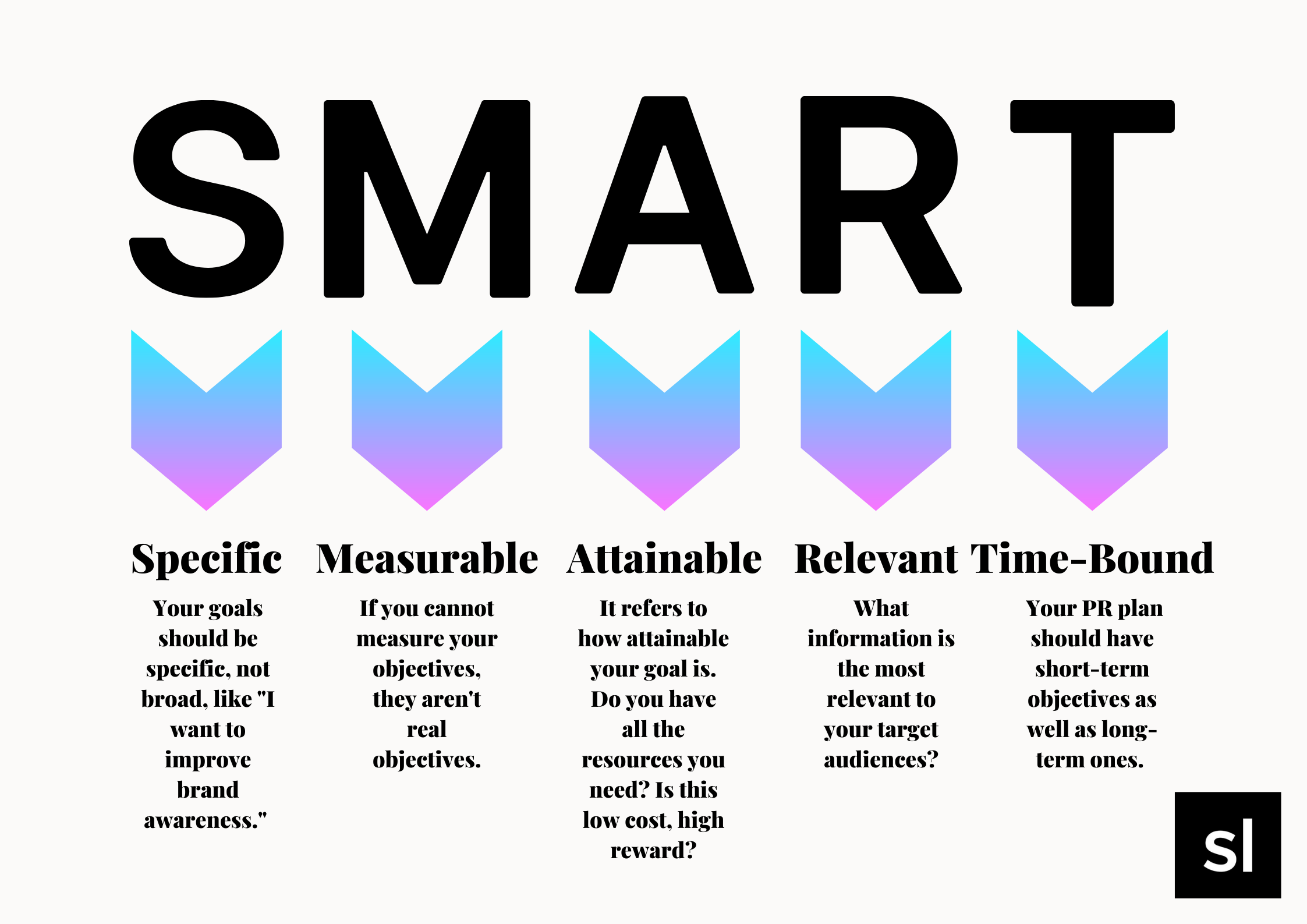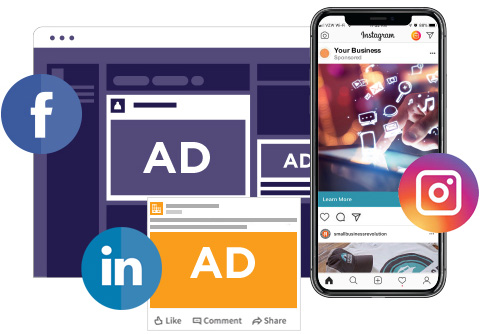
Follow these Steps to Create a Successful Advertising Campaign
Last update: 19 July 2024 at 09:53 am
Creative marketing campaigns are a great way to promote products and services. Marketers often struggle with initiating creative campaign planning and crafting effective advertising campaigns due to uncertainty in starting points.
That’s why on this page, we’ll tell you ten steps guaranteed to make your marketing campaign successful.
What Does an Advertising Campaign Involve?
Advertising campaigns encompass multiple coordinated actions across diverse platforms with cohesive content.
Marketing campaigns can have many objectives. Objectives encompass acquiring customers, boosting sales, enhancing loyalty, launching products, and increasing brand visibility.
Find out what your project would cost with a custom budget report based on the latest data.

Different marketing options are used depending on the predefined target group to achieve the individual objective. Examples include TV commercials, podcast ads, and engaging social media content in a comprehensive advertising approach.
What Do You Need for a Successful Campaign?
When exactly a marketing campaign can be considered a success depends on the objectives defined in advance. Reaching a wide audience in an advertising campaign doesn’t guarantee that they’re the target audience or converted into customers.
That’s why the first step in a successful marketing campaign is to ask yourself what your individual goals are. Only then should your marketing team think about the planning and implementation of the campaign.
Create an Advertising Campaign in 10 Steps
If you’re not sure where to start with your advertising campaigns, here comes our checklist for successful campaign planning.
1. Define the goals
The first step you should take is to define your marketing goals for the campaign. This will form the basis for your next steps.
When doing so, you should always make sure that a goal is SMART, meaning that it meets the following attributes:

Maintain goal visibility for all team members throughout the campaign and assess goal achievement at the campaign’s conclusion.
2. Determine the target group
After you have defined the goals of your campaign, it’s time to determine your target group. Depending on the goals you’ve set, very different target groups may come into play here.
Target Audience Analysis: What Is It? How to Do It?
Everyone wears shoes, but not everywhere wears heels. If you sell designer pumps, you will want to know how to market to target the people who want your specific shoes. Target audience analysis is how to do that. Your brand’s success relies on marketing efforts that collect demographic and psychographic data of not only your […]
If you are launching a new product, your existing customers may be your target audience. When aiming to enter a new market or boost brand awareness, consider exploring a completely new target audience as well. Marketing intelligence tools can be helpful to gain more detailed insight.
Professional market analysis from a marketing agency can be extremely helpful here.
3. Plan the budget
The next step is to set the budget for your campaign. Here you are probably a bit limited, as marketing departments often have to work with a pre-allocated budget.
In financial planning, assess the campaign’s importance relative to others and allocate budget accordingly for optimal resource allocation.
Budget planning involves evaluating marketing team capacities since campaign preparation and execution depend on available resources. A rough estimate of the campaign’s duration is crucial for effective marketing planning and resource allocation.
4. Determine the media mix
Now it’s time for the concrete strategy. In other words, which channels should be used to reach the predefined target group? In marketing, this step is also called media planning.
The following channels are among the best-known measures in the media mix:
- Social media ads, for example on Facebook or Instagram.
- Influencer marketing
- Out-of-home advertising
- Content marketing
- TV or radio advertising
- Digital advertising
- An advertisement in print magazines or newspapers
Opt for a well-balanced mix of measures rather than individual ones to maximize reach within the target audience.
Evaluate channel effectiveness in achieving your objectives and consider omitting those constrained by time or budget limitations.

5. Define the campaign period
Also important to your campaign is setting a timeline. This project plan should record when you start your campaign and how long it will be active before you evaluate the individual measures.
On the one hand, the fixed budget plays an important role in time planning, because you cannot let expensive measures, in particular, run on indefinitely. On the other hand, fixed dates must also be taken into account, such as holidays or the specific date of the release of a new product.
If you’re planning a Christmas sale, it makes little sense to let the associated campaign run into January. And if you are promoting a specific event, such as a concert, you should also start your campaign just in time for the release of the tickets.
Do you need |
Discover the most relevant agencies for your project based on your own specific requirements.
Show me agencies6. Create the campaign plan
Once goals, budget, timeframe, and media mix are defined, the next step is crafting a comprehensive campaign plan. In this document, holistically summarize all predefined points, creating a project with readily accessible, comprehensive information.
Share the plan with the entire team and ensure that all involved employees have continuous access to the latest version.
7. Design the creative content
Now it’s time for your creativity! Your campaign plan is created, and you can entirely focus on implementing the content of your campaign. This can be texts for the website, scripts for video spots, graphics for the visual design of the ads, or photoshoots for ad motifs.
For this step, many companies enlist the services of external service providers such as agencies or even freelancers – and that’s fine. Agencies often have much more capacity and, more importantly, years of experience working with clients and businesses.
So, if your budget allows, you should consider working with external service providers to save your resources while benefiting from the creativity of an advertising agency.
8. Implementing the advertising campaign
Finally, it comes to the concrete implementation of the campaigns. This means posting, publishing information, and placing ads on the defined channels.
Companies often seek external support, especially for complex and costly campaigns, to manage the volume of advertising content effectively.
While numerous tools are now helpful in sharing content on different channels, using these functions is often a question of money.
If you don’t have access to these options for every user on your team, going to an agency is often easier.
9. Optimize the campaign
During the active phase of the marketing campaign, you should constantly check the performance of the marketing action. If the actual communication state does not yet correspond to the desired goal, all is far from lost.
Be flexible and reschedule or make changes to the content. Often, a slight adjustment can go a long way, and you will still generate enough reach for your product despite a slow start.
10. Create a final reporting
In the final step, you should create a comprehensive report on the performance of your advertising campaign at the end of your campaign. This presentation should cover all issues related to the campaign’s performance and clearly reference the objective set at the beginning.
If the goal was customer retention, then the information in the reporting should show how many customers were retained by the campaign, such as signing up for a loyalty program with an email address.
If your company’s goal was to reach more people, figures on the reach of your campaign can tell you how successful the campaign was.
To improve customer communication, interactions on social platforms can indicate whether you have reached the target audience accordingly.
Create Advertising Campaign: In-House or With an Agency?
An advertising campaign can certainly be created in-house, but in some cases, it is worthwhile to resort to the external support of an agency.
The advantages of doing it yourself
If you want to implement a smaller advertising campaign with a lower budget, you can start working on the advertising measures yourself with a clear conscience.
And even if you already have an idea for the marketing campaign’s content, much of the work that an agency would otherwise do for you is already done.
Speaking in favor of the agency
Suppose you plan a pervasive marketing campaign with many different advertising measures or would like to implement a marketing campaign at concise notice.
In that case, it is worth looking for a suitable agency. They can actively support you in creative and strategic planning while at the same time ensuring that all campaign content is delivered promptly.
Sortlist can help you find the right agency for your advertising campaign. We pre-screen all listed service providers and provide user reviews to help you determine if they meet your requirements.
Time to Get started!
We offer tips to guide your campaign planning for a successful outcome, regardless of your final decision. Now it’s up to you. Start marketing your brand or new product today by creating an advertising campaign.







